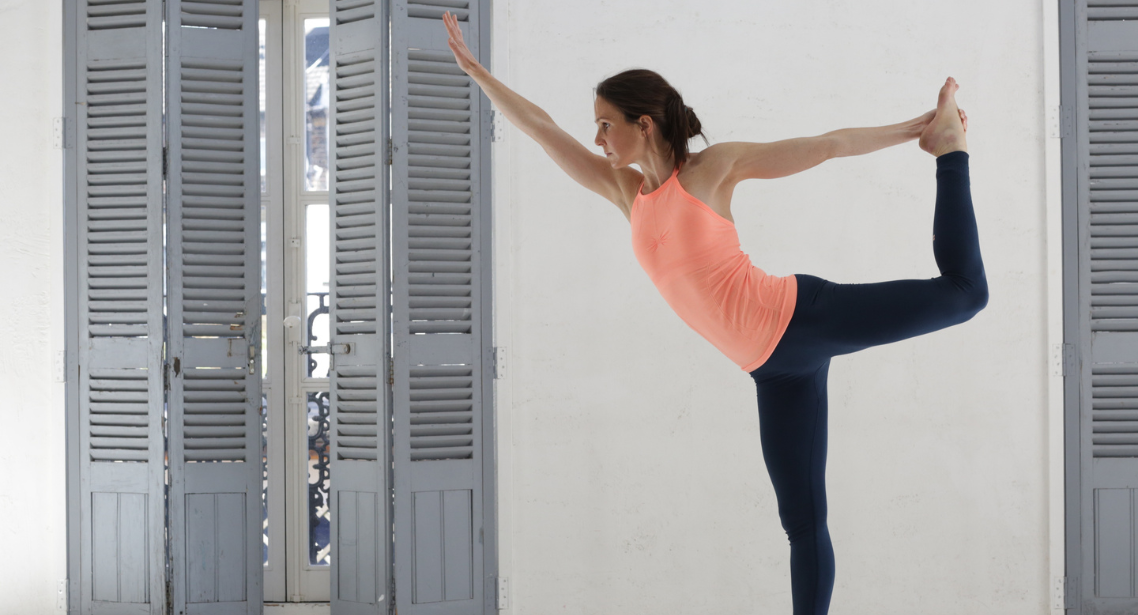
The ability to maintain balance might seem like a simple skill, but it’s actually one of the most powerful predictors of longevity and healthy aging. While we often focus on diet, exercise, and cognitive health, balance quietly plays a crucial role in determining our quality of life as we age. Recent research suggests that the ability to balance on one leg in your 50s can predict your overall health decades later. Let’s explore why this seemingly basic ability is so fundamental to healthy aging and what you can do to preserve it.
1. Muscle Deterioration: The Silent Decline
Starting as early as age 30, our bodies begin experiencing a natural decline in muscle mass, known as sarcopenia. This loss accelerates at a rate of 3-8% per decade, with significant implications for our balance and stability. Think of your muscles as the support cables of a suspension bridge – as they weaken, the entire structure becomes less stable.
What’s happening beneath the surface? Fast-twitch muscle fibres, crucial for quick stabilising movements, are particularly affected. These fibres help you catch yourself when you stumble or maintain posture when the bus suddenly stops. Their gradual loss means your body becomes slower to respond to balance challenges, creating a compounding effect on stability.
2. Neurological Changes: Rewiring Your Command Centre
The aging process affects not just our muscles but also our entire nervous system. Imagine your body’s balance system as a complex network of sensors connected to a central computer. As we age, both the sensors and the processing speed begin to decline.
Your proprioception – the body’s ability to sense its position in space – becomes less accurate. This is like having a GPS system that takes longer to update and sometimes gives imprecise locations. Combined with slower nerve signal transmission, these changes mean your body takes longer to detect and respond to balance challenges. The good news? Like any skill, these neural pathways can be maintained and even improved with regular practice.
3. Fall Prevention: More Than Just Staying Upright
The statistics are sobering: one in four adults over 65 experiences a fall each year. But what’s even more concerning is how each fall can trigger a cascade of health problems. Falls aren’t just about the immediate injury – they often create a fear of falling that leads to reduced activity, which in turn accelerates physical decline.
When you fall once, your risk of falling again increases by 50-80%. This isn’t just due to physical factors; psychological impact plays a huge role. Many people develop a fear of falling that causes them to limit their activities, leading to further muscle weakness and balance deterioration – a dangerous cycle that needs to be actively prevented.
4. Health Consequences: The Domino Effect
Falls in older adults are not simple accidents – they can be life-changing events. A single fall can trigger a cascade of health problems that extends far beyond the immediate injury. Hip fractures, for instance, carry a 20-30% mortality rate in the first year after injury.
More subtly, fear of falling often leads to social isolation and reduced physical activity, which can accelerate cognitive decline and increase the risk of depression. The impact ripples through every aspect of life, from independence in daily activities to overall quality of life.
5. Balance as a Health Indicator: Your Body’s Early Warning System
Think of balance as your body’s check engine light – when it starts to falter, it’s often signalling deeper issues that need attention. Poor balance can be an early warning sign of various health conditions, from inner ear problems to neurological disorders.
Medical professionals increasingly use balance tests as screening tools for cognitive decline, cardiovascular health, and overall functional fitness. The ability to stand on one leg for 10 seconds is now considered a significant predictor of longevity. This simple test can reveal volumes about your overall health status and potential future health risks.
Taking Action: Protecting Your Balance
The good news is that balance can be improved at any age. Regular practice of activities like yoga, tai chi, or simple balance exercises can significantly enhance your stability and coordination. Even basic exercises like standing on one leg while brushing your teeth can make a difference.
The key is to start early and maintain consistency. Don’t wait until balance becomes a problem – incorporating balance training into your regular fitness routine now can pay enormous dividends in your later years.
GET STARTED: My 7-day Balance Bites programme will transform your balance and stability in less than 5 minutes per day! Each day brings one quick-but-mighty exercise that fits into even the busiest schedule. You’ll work on strengthening the muscles of your feet, legs, hips, glutes and core, whilst also honing your balancing technique. Small steps, big impact – that’s the power of consistency. Get ready to stand stronger – find out more here!